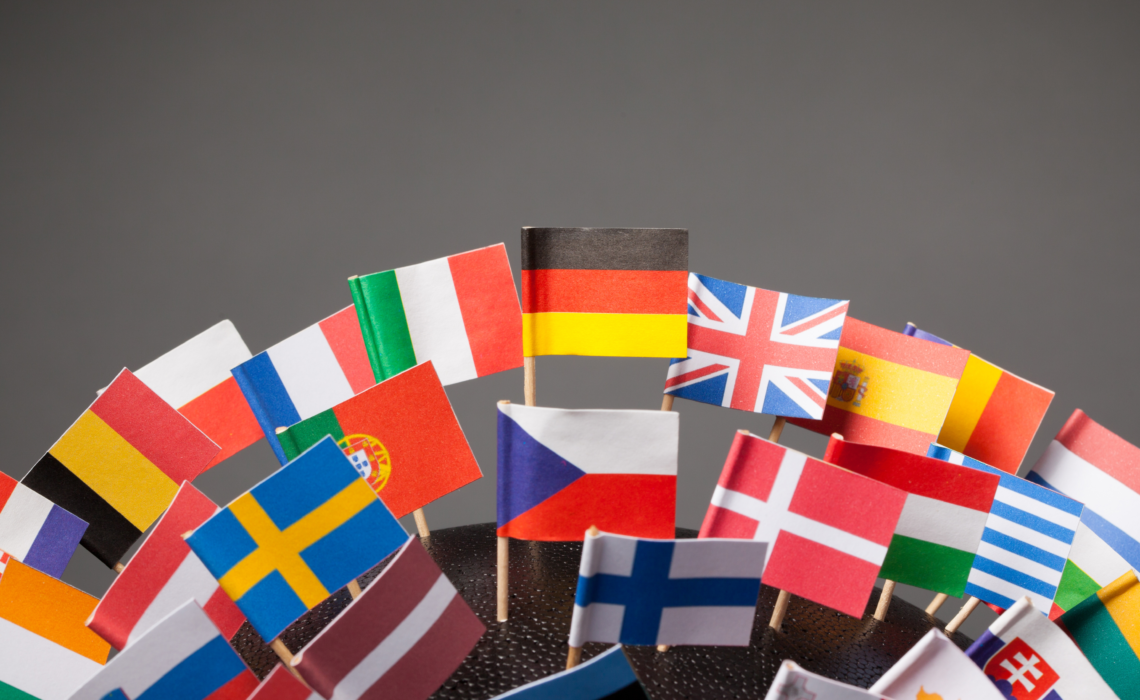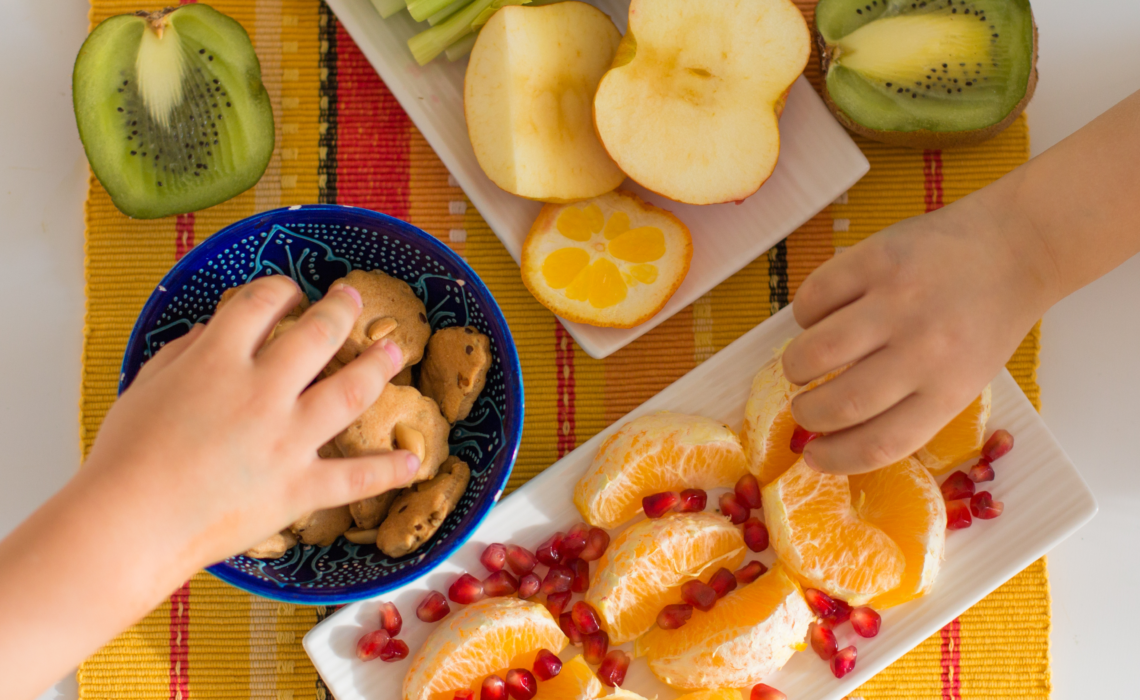Understanding loss on the path to a new home: Let’s talk about immigration grief.Featured
Migration involves leaving behind a familiar place and venturing into a new territory in search of opportunities and a better life. Although it sounds hopeful and even romantic, migrating is a complex and emotionally charged phenomenon, since it also carries an experience of loss and adaptation known as “migratory grief.”
Understanding how immigrants experience migratory grief will help us understand why we often feel the way we do, why it is so difficult and in many cases painful to start over, and that not learning to manage this process in our lives can affect our mental health since the levels of stress, anxiety and depression that immigrants experience are very high.
But, let’s go deeper into some concepts:
What is migratory grief?
Immigration grief is a psychological and emotional process that people experience when they leave their place of origin and settle in a new country or culture. Joseba Achotegi describes the 7 griefs that immigrants experience:
- Grief for family and friends: Moving away from family, friends, and even pets can be one of the most painful losses in the migration process.
2. Grief for the language: Having to learn another language can be a challenge
in migration, while you learn the other language it will be difficult for you to
communicate, you may even have difficulty understanding other people who
speak your same language but who are from other cultures.
3. Grief for culture: includes those values, the way you see the world, eating
habits, the way you dress, spirituality, among others.
4. Grief for the land: Understand the colors, the landscapes, the temperature to
which you were already accustomed.
5. Grief for social status: It is related to access to opportunities, things related to papers, housing, etc. Migration, in general, seeks an improvement in social status, but this point should not be understood only from the economic point of view, but also in relation to access to cultural goods, freedom, among others.
6. Grief over physical risks: Includes the dangers of traveling when migrating, living in situations of exclusion and feeling in constant danger.
The Stages of Migratory Grief
Immigration grief, like other grief processes, manifests itself in stages that vary from one person to another. Some of the common stages include:
- Falling in love: it is that first stage where everything seems beautiful and perfect to us.
2. Denial and shock: People may deny the reality of migration and feel
overwhelmed by the newness of their situation.
3. Anger and resentment: As reality sets in, it is common to feel anger and
resentment towards the migration situation and the associated challenges.
4. Negotiation: People may try to find ways to regain what they have lost,
whether through reconnecting with their culture of origin or finding support
in their new community.
5. Depression: Experiencing deep sadness and a sense of loss is a natural part
of the grieving process.
6. Acceptance and adaptation: Eventually, many people come to accept their
new reality and begin to adapt to their environment and build a new life.
How to face Migratory Grief
Overcoming immigration grief can be a challenge, but there are effective strategies to deal with it:
- Form a support network: get that network of friends who are going to become your new family, remember to look for people who help empower you, who inspire you and who motivate you.
2. Embrace the new culture: Stop fighting with the laws and rules and start
following them, focusing on the benefits of the new country will make
adaptation easier. I always say it, neither your country is that bad, nor is it
that good here, you don’t have to choose.
3. Leave space for fun and entertainment: It’s not just about working, have fun,
practice a new hobby or activity, exercise, moving your body reduces stress
levels.
4. Learn the language: Improving language skills facilitates communication and
integration into the new community, in addition to increasing your chances of
growing professionally.
5. Set realistic goals and expectations: Setting achievable goals and
understanding that adaptation takes time can reduce frustration.
Immigration grief is a complex process that deserves attention and understanding.
As migrants navigate various losses and challenges, it is important that they find the support they need to navigate this process and move toward a fulfilling life in their new home.
If you feel that this process is being very difficult for you, that stress, anxiety or depression is not allowing you to adapt.
It is time to seek professional help who understands the process you are going through and has the right tools to help you advance.
I am Adriana Laitano, a Latina immigrant, I am a Life Coach with a bachelor’s degree in psychology and through my Instagram and Facebook account “Reinventarse sin Reventarse”
I share tools to join Latin immigrants to reinvent themselves in their new country.
If you want to feel motivated I invite you to listen to my podcast, you can find me on Spotify and on YouTube as “Reinventarse sin Reventarse” so that we learn how to face the challenges of migrating.
Visit me on my website www.reinventarsesinreventarse.com so you can learn who I am and how I can help you achieve your goals.







